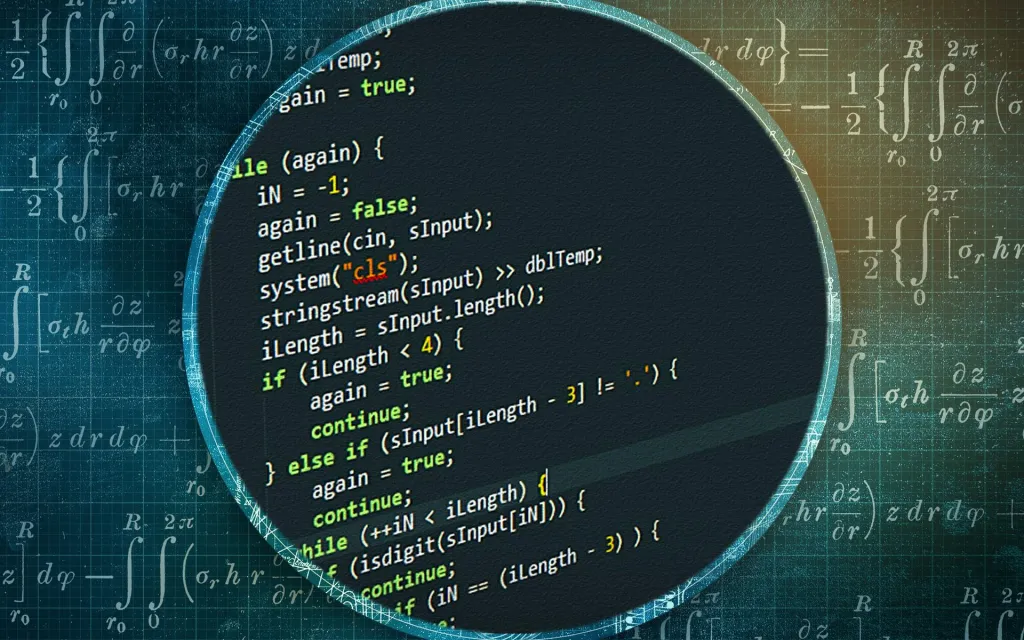
Insert Size and Fragment Size in DNA-Seq and RNA-Seq
January 3, 2025 Off By adminTable of Contents
ToggleIntroduction
In DNA and RNA sequencing workflows, understanding the characteristics of sequencing libraries is crucial for accurate analysis. Two critical metrics in this context are insert size and fragment size:
- Insert Size refers to the length of the DNA (or RNA) segment of interest, excluding adapter sequences.
- Fragment Size is the total size of the DNA (or RNA) fragment, including the adapter sequences used during library preparation.
These metrics are essential in quality control, library preparation optimization, and downstream bioinformatics analysis, as they directly affect read mapping, assembly, and variant calling.
Uses of Insert and Fragment Size
1. Quality Control in Sequencing Libraries
- Ensuring proper fragment and insert size distribution is vital for achieving high-quality sequencing results.
- Insert sizes that are too small or too large may result in poor mapping or sequencing inefficiencies.
2. Reference for Paired-End Sequencing
- Insert size determines the distance between paired-end reads.
- Accurate insert size calculation ensures correct read alignment and improves the assembly of repetitive regions.
3. Application-Specific Analysis
- For RNA-Seq, insert size influences transcriptome coverage and splicing event detection.
- For DNA-Seq, it affects the identification of structural variants and accurate genome assembly.
4. Optimization of Library Preparation
- Knowing the fragment and insert size helps in fine-tuning the fragmentation step and adapter ligation during library preparation.
Applications in Bioinformatics
- Genome Assembly
- Insert size is critical in resolving ambiguities in genome scaffolding.
- Transcriptomics
- In RNA-Seq, it aids in determining intron-exon boundaries and alternative splicing events.
- Structural Variant Detection
- Abnormal insert sizes can indicate insertions, deletions, or other structural variations.
Step-by-Step Guide to Calculating Insert and Fragment Size
Step 1: Understand the Input Data
- The input consists of paired-end sequencing reads.
- Adapter sequences used in library preparation must be known.
Step 2: Align the Reads
Align paired-end reads to the reference genome using a mapping tool like BWA. This step determines the alignment positions of each read pair, which helps calculate the insert size.
Example Command:
bwa mem genome.fa R1.fastq.gz R2.fastq.gz > align.sam
Step 3: Extract Insert Size from Alignment
After aligning the reads, the insert size can be extracted from the SAM/BAM file. In paired-end sequencing, the TLEN (template length) field in the SAM file contains the insert size.
Using SAMtools and AWK:
samtools view align.sam | awk '$9 > 0 {print $9}' > insert_sizes.txt
Here:
$9: Column in SAM file containing insert size for paired reads.- Negative values are excluded as they represent reads mapped in opposite orientations.
Step 4: Visualize Insert Size Distribution
A histogram of insert sizes provides a clear picture of the library’s insert size distribution. Use tools like R or Python to generate the histogram.
R Script:
insert_sizes <- read.table("insert_sizes.txt", header = FALSE)
hist(insert_sizes$V1, breaks = 100, col = "blue", main = "Insert Size Distribution", xlab = "Insert Size (bp)")
Python Script:
import matplotlib.pyplot as plt
import pandas as pdinsert_sizes = pd.read_csv("insert_sizes.txt", header=None)
plt.hist(insert_sizes[0], bins=100, color='blue', alpha=0.7)
plt.title("Insert Size Distribution")
plt.xlabel("Insert Size (bp)")
plt.ylabel("Frequency")
plt.show()
Step 5: Calculate Fragment Size
If the adapter length is known, calculate the fragment size:
awk -v adapter_length=150 '{print $1 + 2*adapter_length}' insert_sizes.txt > fragment_sizes.txt
Tools for Automated Insert and Fragment Size Analysis
- Picard Tools:
- The
CollectInsertSizeMetricstool calculates and visualizes insert sizes. - Example:bash
java -jar picard.jar CollectInsertSizeMetrics I=align.bam O=insert_metrics.txt H=insert_size_histogram.pdf
- The
- FastQC:
- Offers a quick overview of fragment size distribution.
- Qualimap:
- Provides advanced metrics on insert size and alignment quality.
- MultiQC:
- Aggregates QC metrics from multiple tools, including insert size distributions.
Conclusion
Understanding insert size and fragment size is essential for quality control, data interpretation, and optimizing sequencing workflows. Using tools like Picard, FastQC, and custom scripts ensures robust analysis of these metrics. Proper computation and visualization of these sizes improve the accuracy of genome and transcriptome analyses, paving the way for successful sequencing experiments
Related posts:
![NCBI-Bioinformatics]()
How to Use NCBI Variation Information
bioinformatics![Artificial_Intelligence__AI__Machine_Learning_-_Deeplearning]()
Deep Learning for Precision Medicine - How AI is Revolutionizing Bioinformatics
A.I![onlinecourse-bioinformatics.]()
Explorative Journey into Python for Bioinformatics: A Comprehensive Learning Path from Beginner to A...
bioinformatics![bioinformatics-DNA, protein]()
Step-by-Step Guide to Minor Allele Frequency (MAF) Calculation
bioinformatics![remotecomputer-bioinformatics]()
Step-by-Step Guide to Obtaining Ancestral Allele Information from the 1000 Genomes Project
bioinformatics![RNAseq]()
A Guide to RNA Sequencing and De Novo Transcriptome Assembly
bioinformatics![bioinformatics jobs]()
How is high-performance computing (HPC) used in bioinformatics?
bioinformatics![engineeringgraphics]()
Engineering Graphics and Design
bioinformatics![Bioinformatics glossary - T]()
Bioinformatics glossary - T
bioinformatics![DNA-crispr]()
Step-by-Step Manual: Merging Many Small BAM Files into One Large BAM File
bioinformatics![Artificial_Intelligence__AI__Machine_Learning_-_Deeplearning]()
Machine Learning in Bioinformatics: A Student’s Guide to Getting Started
A.I![Y chromosome]()
Molecular Genetics: Principles and Applications
bioinformatics![bioinformatics tools and software]()
Bioinformatics Software That Every Research Lab Needs
bioinformatics![cordblood]()
Genomic Pioneers: Cord Blood Research Empowered by Bioinformatics Tools
bioinformatics![Exploring Precision Medicine with Bioinformatics - A High School Student's Guide]()
Exploring Precision Medicine with Bioinformatics - A High School Student's Guide
bioinformatics![hmdb]()
Human Metabolome Database-Overview
bioinformatics

















